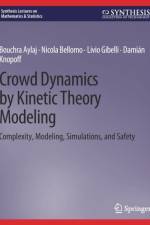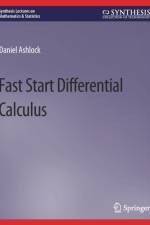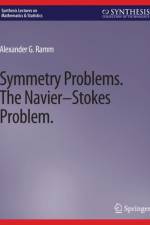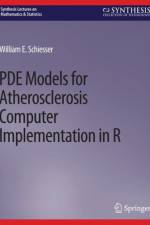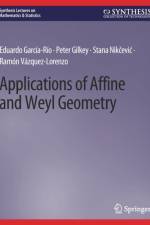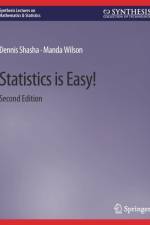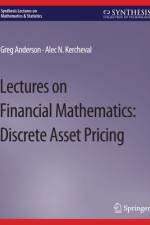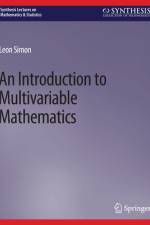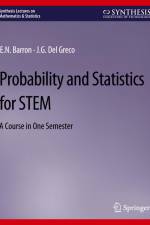von Alexander G. Ramm
29,00 €
The inverse obstacle scattering problem consists of finding the unknown surface of a body (obstacle) from the scattering ,,,,(,,,,;,,,,;,,,,), where ,,,,(,,,,;,,,,;,,,,) is the scattering amplitude, ,,,,;,,,, ,,,, ,,,,2 is the direction of the scattered, incident wave, respectively, ,,,,2 is the unit sphere in the and k > 0 is the modulus of the wave vector. The scattering data is called non-over-determined if its dimensionality is the same as the one of the unknown object. By the dimensionality one understands the minimal number of variables of a function describing the data or an object. In an inverse obstacle scattering problem this number is 2, and an example of non-over-determined data is ,,,,(,,,,) := ,,,,(,,,,;,,,,,, By sub-index 0 a fixed value of a variable is denoted.</p>It is proved in this book that the data ,,,,(,,,,), known for all ,,,, in an open subset of ,,,, determines uniquely the surface ,,,, and the boundary condition on ,,,,. This condition can be the Dirichlet, or the Neumann, or the impedance type.</p>The above uniqueness theorem is of principal importance because the non-over-determined data are the minimal data determining uniquely the unknown ,,,,. There were no such results in the literature, therefore the need for this book arose. This book contains a self-contained proof of the existence and uniqueness of the scattering solution for rough surfaces.</p>



